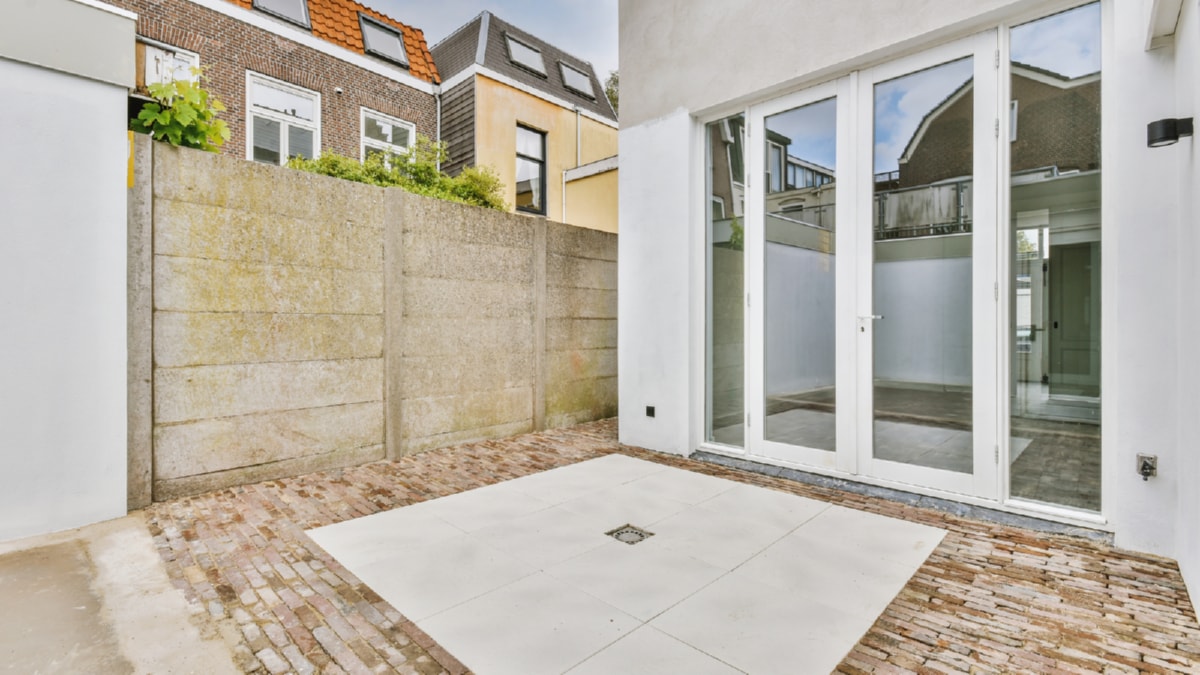As we step into the future, green building is becoming an increasingly vital aspect of construction. This concept, also known as sustainable building, is an approach that focuses on creating structures that are environmentally responsible and resource-efficient. The future of green building promises a plethora of trends and innovations that aim to revolutionize the construction industry.
One of the most promising trends in green building is the use of recycled and sustainable materials. The construction industry has always been a significant contributor to waste generation. However, the future appears to be more sustainable, with an increasing number of builders turning to recycled materials such as reclaimed wood, recycled steel, and even repurposed plastic to construct buildings. These materials not only reduce waste but also add character and charm to the structures, making them unique and aesthetically appealing.
Another innovative trend is the concept of energy-efficient buildings. The future of green building will see a surge in buildings that consume less energy. These structures will be equipped with advanced energy-saving features such as solar panels, wind turbines, and energy-efficient appliances. Moreover, the design of these buildings will also contribute to energy efficiency. For instance, the strategic placement of windows can maximize natural light, reducing the need for artificial lighting.
Water conservation is also a crucial aspect of green building. In the future, buildings will be designed with features that help conserve water. Rainwater harvesting systems, greywater recycling systems, and water-efficient appliances are some of the innovations in this area. These technologies not only save water but also reduce the cost of water bills, making them beneficial on multiple fronts.
In the realm of green building, the concept of ‘living buildings’ is gaining momentum. These are structures that blend with their surrounding environment, creating a symbiotic relationship with nature. They incorporate features like green roofs and walls, which not only improve the building’s aesthetics but also provide insulation, reducing energy consumption. Moreover, these green spaces also improve air quality and offer habitats for local wildlife, contributing to biodiversity.
The future of green building also holds promise for improved indoor environmental quality. Buildings will be designed with better ventilation systems, non-toxic building materials, and features that enhance natural light. These measures will not only create a healthier indoor environment but also improve the well-being and productivity of the building’s occupants.
Technology also plays a significant role in the future of green building. Innovations such as Building Information Modeling (BIM) are increasingly being used in sustainable construction. BIM allows architects and engineers to create digital representations of buildings, enabling them to analyze and optimize energy performance.
In conclusion, the future of green building is bright and promising. With the advent of innovative trends and technologies, we are stepping towards a future where buildings are not just structures for living or working, but also contributors to environmental sustainability. As we move forward, it is crucial for us to embrace these trends and make green building the new norm in construction.
For more details, check best masonry services or visit their business listing here.



